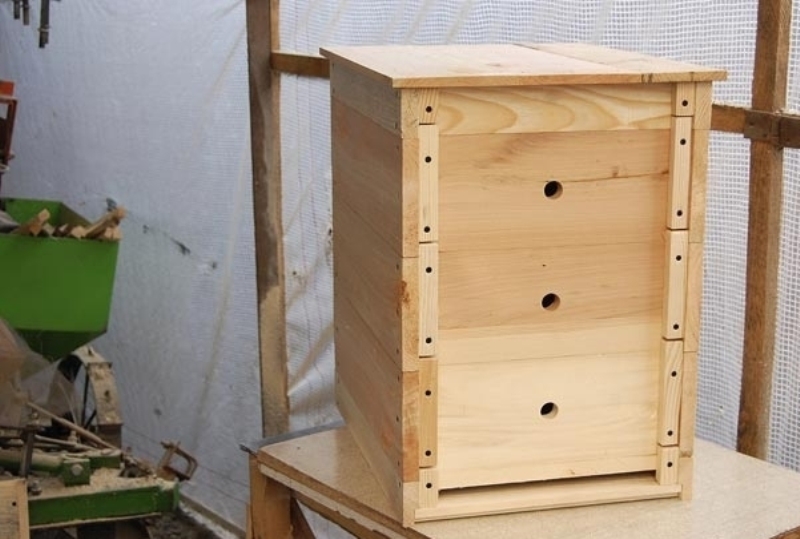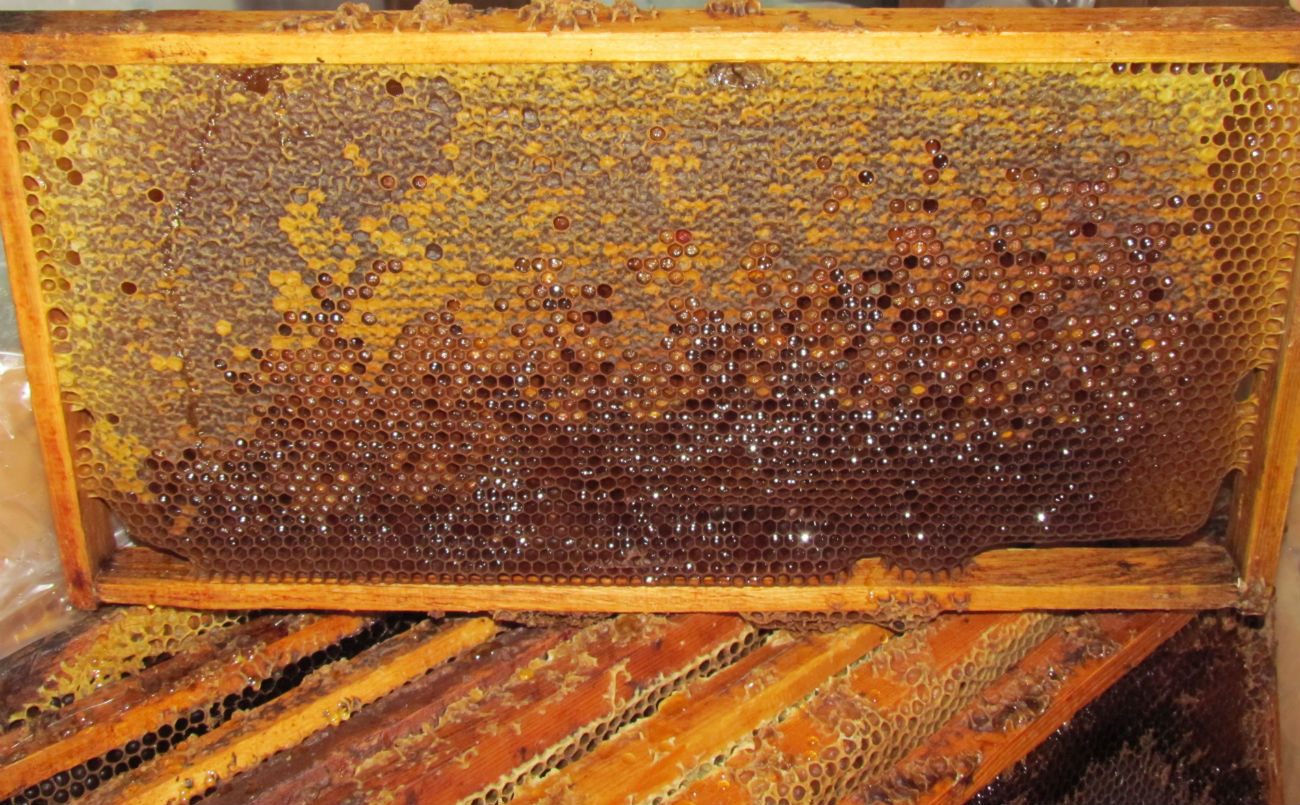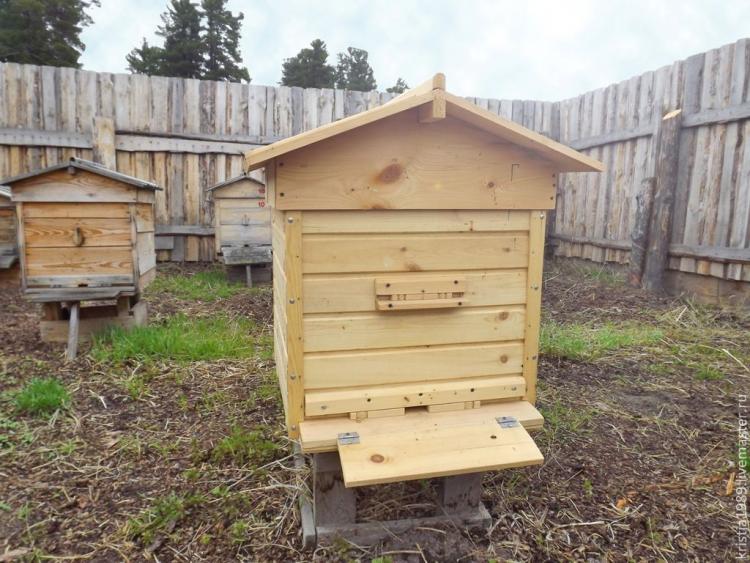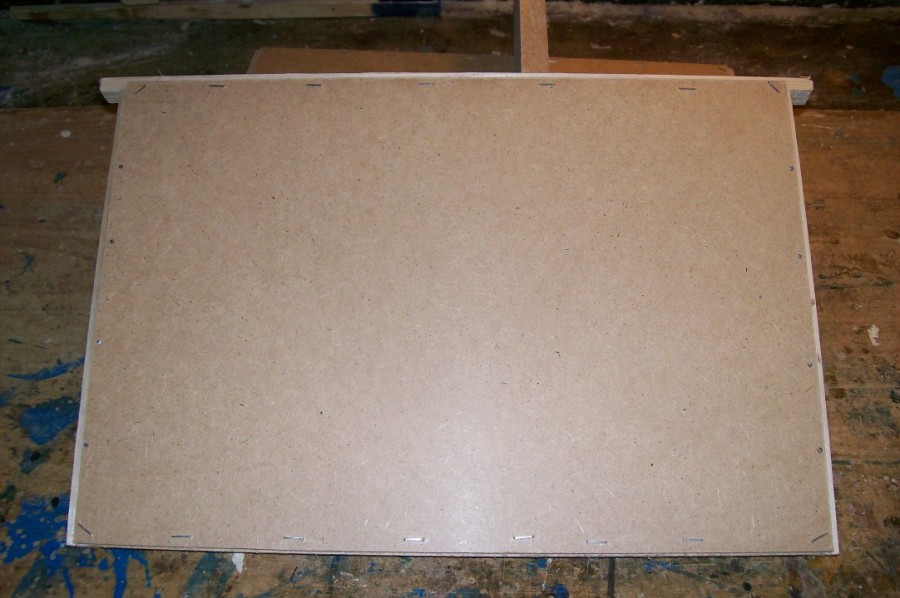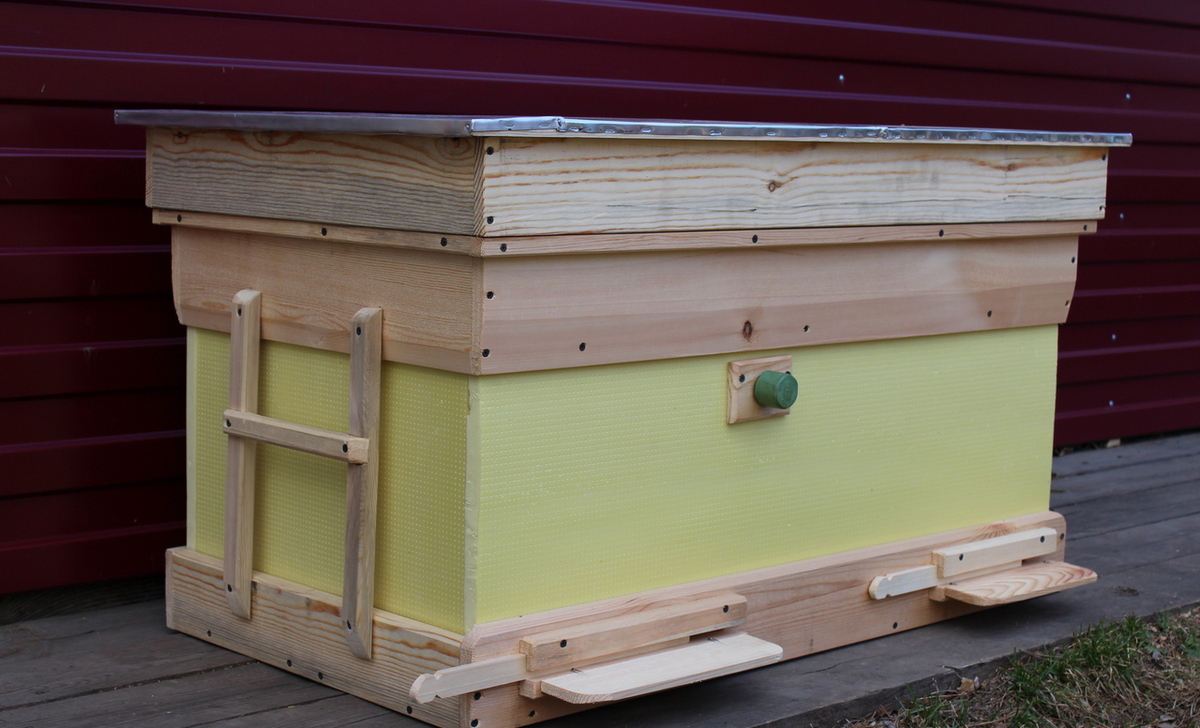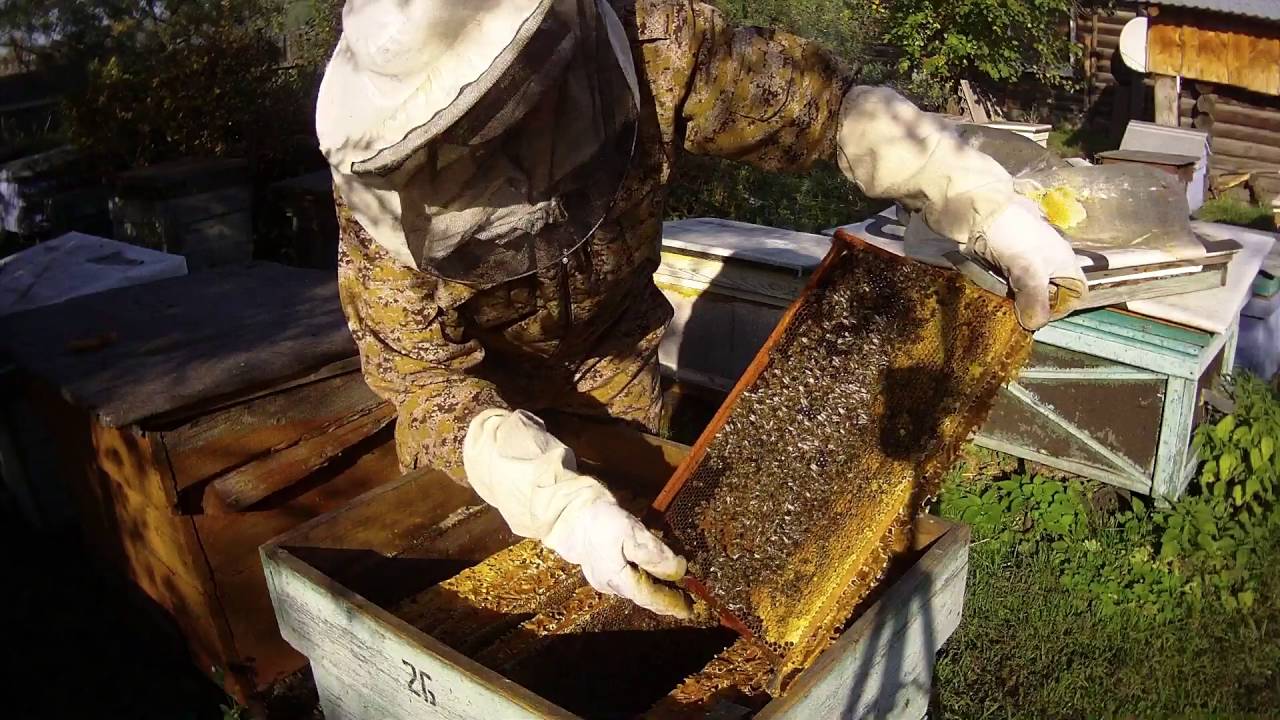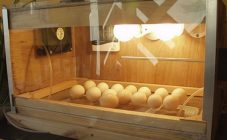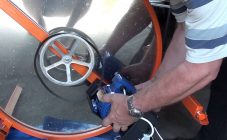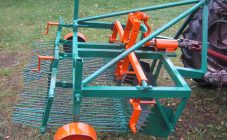Content:
One of the healthiest treats in our world is undoubtedly honey. After all, there is simply no other tasty product that has so many useful substances. And the hive is a kind of factory for the production of this delicacy, which must have everything necessary for the full existence of its inhabitants. That is why, before you start building a hive with your own hands, you need to carefully study all the nuances of insect life. To do this, it is worth studying special literature that tells about the existence of bees and their way of life.
A little about the device of the hive
Every adult knows that the bee community exists according to a special regime, where each bee clearly knows its role and has its place in the house.
- The duties of young bees include feeding young animals, since they have more developed maxillary glands, which perfectly produce royal jelly.
- Middle-aged individuals are responsible for the cleanliness of their home.
- Older bees are engaged in the construction of honeycombs, since they have well-developed wax glands.
- There are also "flying" insects, their main purpose is to collect honey.
- But the duties of the drones include the fertilization of queen bees. But their life is quite short, because with the onset of autumn, males are driven out of the hive, where they die.
Each hive can be filled with several tens of thousands of bees, but only during the height of the summer season.
Hive boa
A bee house consists of several parts: a body, a store, a roof cover and other components. Each department has its own residents and performs certain functions. The best option for novice beekeepers is the boa hive.
Housing
The most important part of the hive is the body, because absolutely all bees use it 12 months a year. There is always a queen bee, which lays eggs in the honeycomb built for her. In summer, the combs are completely filled, and not only with eggs and larvae, but also with honey. Basically, this part of the hive is located at the very bottom of the hive. It should keep warm well in winter, and in summer, on the contrary, be cool. That is why insulating materials must be used to make a case. Most often, it is made of PPP slabs.
The housing should contain nesting frames. Usually their number does not exceed 15 pieces, it all depends on the size and design of the hive. Frames refer to removable parts of the bee dwelling.
The bottom is attached to the body, which, depending on the model, can be removable. According to the design of the hive, the frames should be suspended. The distance from the bottom to the frame should not be less than 2 cm. It makes it possible to easily carry out pre-season cleaning of the bee house.
Score
This section of the hive is located on top of the body. It is in this part of the house that bees lay honey. When making hives, it must be borne in mind that the dimensions of the store must correspond to the size of the case, and the number of frames must be the same.The extension must be warm, so it, like the body, is insulated.
Roof liner
The roof cover, or ceiling, serves for additional protection of the hive from rain and other atmospheric precipitation, as well as to create a kind of air cushion, with which the optimum air temperature is maintained in the house. However, beekeepers often use a rooftop as a roof. Then its surface is upholstered with iron.
Hive components
Before making a do-it-yourself bee hive, you need to know what details should complement it. These parts of the bee house include honeycomb, diaphragm, dividers, subframe roofing material and other details.
Frames designed for installation in the body are made from natural wood by professional hive manufacturers. The thickness of each of them should not exceed 4 mm. And to make it easier for bees to build combs, you can stretch stainless wire or very thick fishing line around their perimeter. The shape of the frames can be varied, it depends on the type and design of the hive:
- horizontal, with a height less than the length;
- vertical with greater height than length;
- square.
Making hives with your own hands is a rather laborious work, requiring accuracy and perseverance, because it consists of a fairly large number of parts. In addition to the above, each hive has:
- Separators. They are designed to provide the required distance between the frames, which should be about 10 cm.
- Diaphragm (insert board). Its main purpose is to separate the uterine nest. Its dimensions must match the body. It is located in the hive so that it divides it into 2 parts. Often it is installed in the case of division of space in the house when there are 2 bee colonies in it.
- Stretcher. This is a sheet of roofing material, which is treated with a special compound to destroy the smell. It is made in the size of the body bottom. They insert it for the winter, and in the spring, the quality of wintering of bees is assessed by its contents. They remove it at the beginning of the season and store it subject to certain rules.
- Separating lattice. It is installed so that the uterus cannot move from one part of the house to another. The usual location is the gap between the store and the body. It can be plastic or wire, and the cells have sizes that worker bees can easily enter, but the queen bee and tinderpot, which are larger in size, remained in the nests.
- Folding hinges. They are a connecting element, the main action of which is to connect the magazine and the nest body.
- Connecting tape. Serves for a more durable connection of all non-removable parts. The material for its manufacture is usually thin steel.
How to make a beehive a boa constrictor with your own hands: drawings
Making hives with your own hands begins with the preparation of drawings and all the necessary details. The first thing to do is the bottom of the hive. There are 2 types: removable and one-piece.
Removable bottoms are usually made for multi-hive hives. Such a bottom allows you to quickly carry out spring work in the hive, since it is very quickly removed, freeing up space.
Non-dismountable bottoms have outlived theirs and are now used only in loungers, which contain more than 20 hundred.
Before building a hive, you need to create a blueprint for it. This must be done painstakingly, carefully calculating all the necessary dimensions. The bottom of the hive needs to be drawn on paper, and only then make a blank.
Frame hives for bees
The manufacturing technology of frame bee houses has not undergone any changes over a hundred years. As before, only the front and back walls of the hive are insulated. This option is great for the Urals, Siberia and more northern regions of Russia.The voids between the inner and outer walls are filled with natural insulation, such as moss or sawdust.
Also, cheap foam is often used as insulation. Its advantages are obvious: it keeps heat well, rodents don't like it and it is very light, which greatly simplifies assembly.
DIY PPU hive
Polyurethane foam has recently begun to be used in the production of bee hives. It is much more expensive than expanded polystyrene, but its performance is much higher.
Making hives from polyurethane foam at home is, in principle, not a difficult task. All prepared parts are connected using wood screws.
How to Build a Cheap Kindergarten Bee Hive
There are a great many materials for making a decorative bee hive for kindergarten students. One of the most budgetary options is twine - the only option for making bee hives with your own hands, which does not require drawings.
To make a bee nest, you need to prepare:
- balloon;
- glue;
- twine;
- decorative details.
The balloon needs to be inflated and coated with glue (wallpaper glue is perfect). Then it must be wrapped with twine, but this must be done so that a small window remains. The next step is to decorate the hive. To do this, you can use any materials you like, for example, pentagons cut from felt and artificial leather. To fill the hive, you can use a synthetic winterizer or foam rubber.
Not taking into account decorative hives, but having a large apiary, it will be rational to make bee houses with your own hands. After all, this can save quite a lot of money that can be spent on the acquisition of bee colonies of different breeds. But here you need to take care of the quality of the material and purchase the necessary equipment. Following the drawings, everything will definitely work out!
